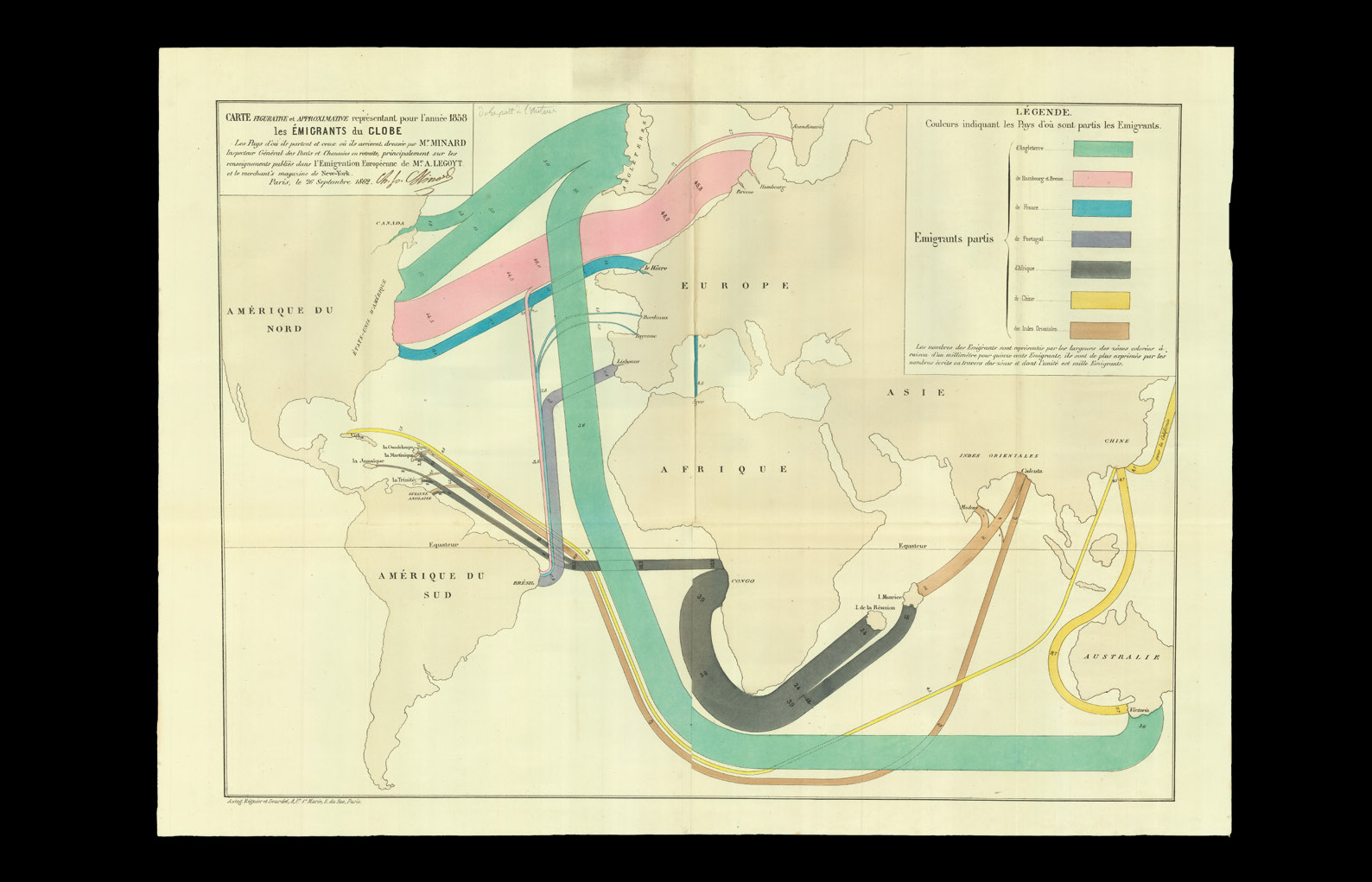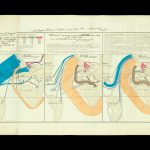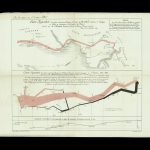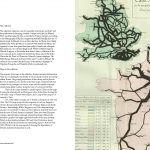There are many data visualization sins, but the one that makes my blood boil is manipulating the Y-axis. Fox News is the master at this, so often just deleting the Y-axis entirely to invent the data story that syncs with the network’s political narratives.
While Fox News generally is creating a story that isn’t there, usually when I see Y-axis shenanigans, it is to exaggerate a legitimate story. And generally, the story is a good one to begin with that doesn’t need exaggeration.
I was not been a big fan of the Consumer Reports redesign from a graphic design perspective, but it has slowly gotten a bit better. But the really need a stronger editor (and backbone) when it comes to data visualization. Your data tells a good story to begin with—there is no need to visually lie to your readers, as they did recently with these charts showing secondary market ticket prices. Because the length of the bars indicate value, distorting them is essentially telling an untruth to your audiences. (No, $22.58 is not one quarter as much as $36…)

Just being visually truthful doesn’t make your story less impactful. And if it does, then you need to get a better story! This would be a far more truthful design:

Or, since it is a trend, I would probably suggest a line chart:



















